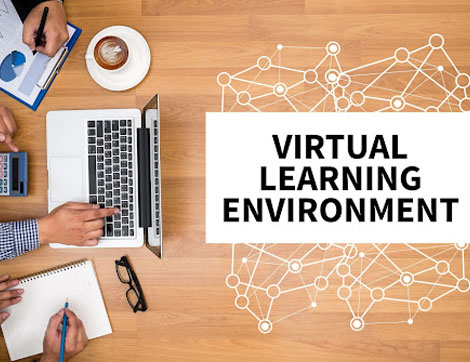
Students should not feel limited by the opportunities available to them. Virtual learning services are just one of the many ways that students can take advantage of.
Virtual Learning: Virtual learning is an immersive, interactive, and collaborative approach to learning. It is based on the idea that learners can access knowledge from anywhere at any time, using a variety of digital media such as video, audio, text-based material and virtual reality.
Services: Services offered by companies include tutoring, online courses or classes, mentorship programs. These services make it possible for students to learn at their own pace in their own time.
Virtual learning services are becoming more and more popular with every passing year. These services offer students a wide range of benefits including personalization, flexibility, and convenience.
Students can take advantage of these services in many different ways such as: taking courses on their own time, receiving support from tutors and peers or even enrolling in classes that aren’t offered on campus.
A common form of online support provided by virtual learning tools are tutorials, spaced repetition modules and collaborative workspaces.
Tutorials may be required for general subject knowledge as well as specific program requirements. Assessments prior to tutorial registration allow institutions to determine which individuals require additional guidance before they move forward in course courses. Collaborative workspaces also allow students to ask questions about materials learned in the tutorials as well as provide feedback from classmates.
Spaced repetition modules allow students to work on sections of content at their own pace. In other words, the student can review the information just before they are about to forget it, instead of being surprised by a pop quiz or exam.
Spaced repetition is used along with learning how the brain best learns and memorises information by spacing out study time over periods of time. For example, a student may review a topic once a day for five days in a row and then not have to worry about it until after their test has been taken.
The collaboration spaces also allows students to work together which can be very helpful if one or more individuals are taking the same course but either live too far away from each other, have conflicting schedules etc.
Other forms of support offered through virtual learning are advanced search tools, virtual tutors, online homework grading and testing services.
Virtual tutors may be available by teachers or students who have either had previous experience in providing help to their peers or training on how to do so.
Online homework grading and testing services allow the student access to all materials needed for class including tests which can then be submitted electronically.
Some institutions offer this service for free while others charge a fee depending on the number of submissions allowed within a certain time frame as well as what type of access is granted back to the student.
The use of virtual learning has grown rapidly over the past several years with many institutions offering online course materials and support to their students.




Recent Comments